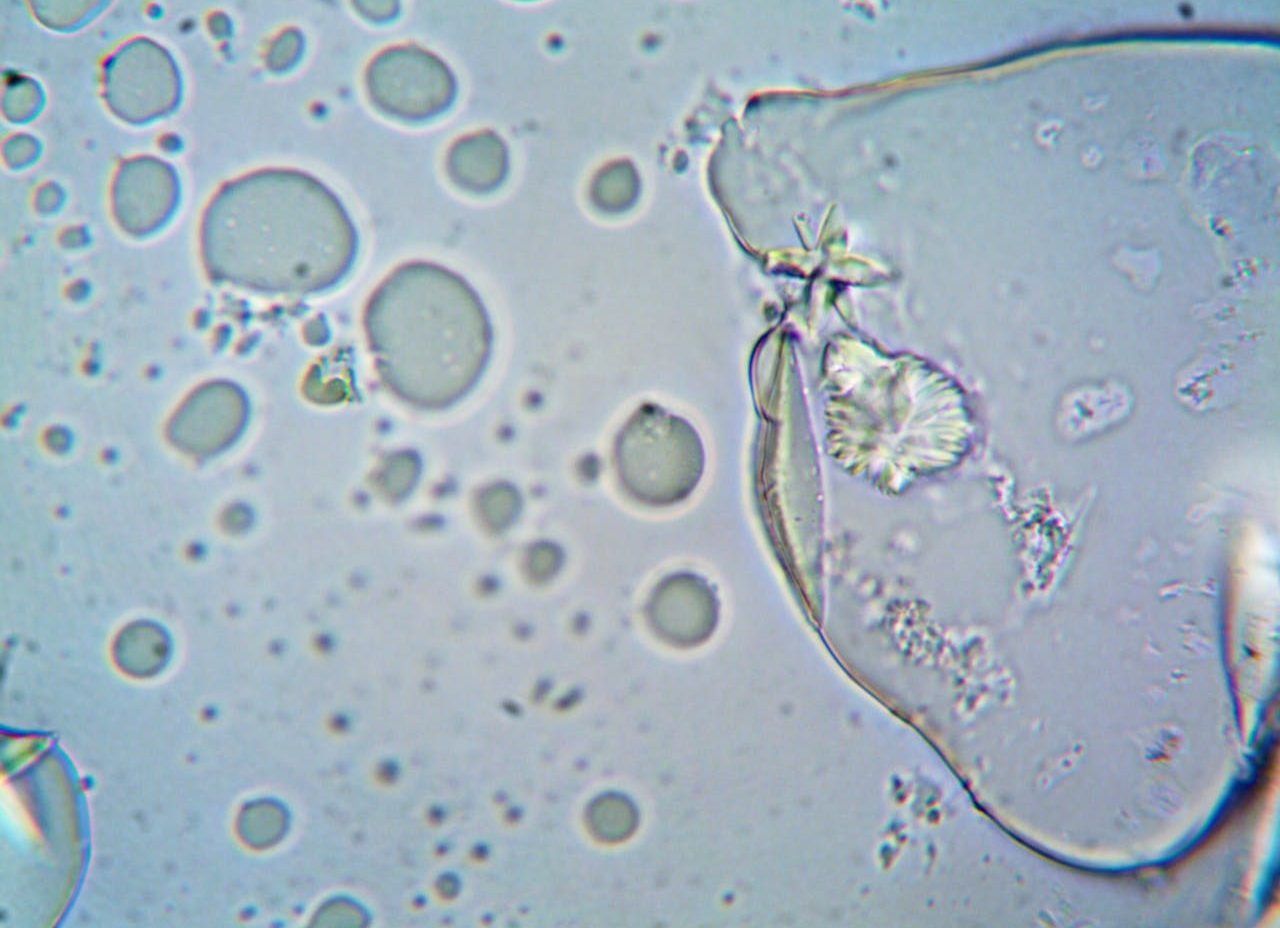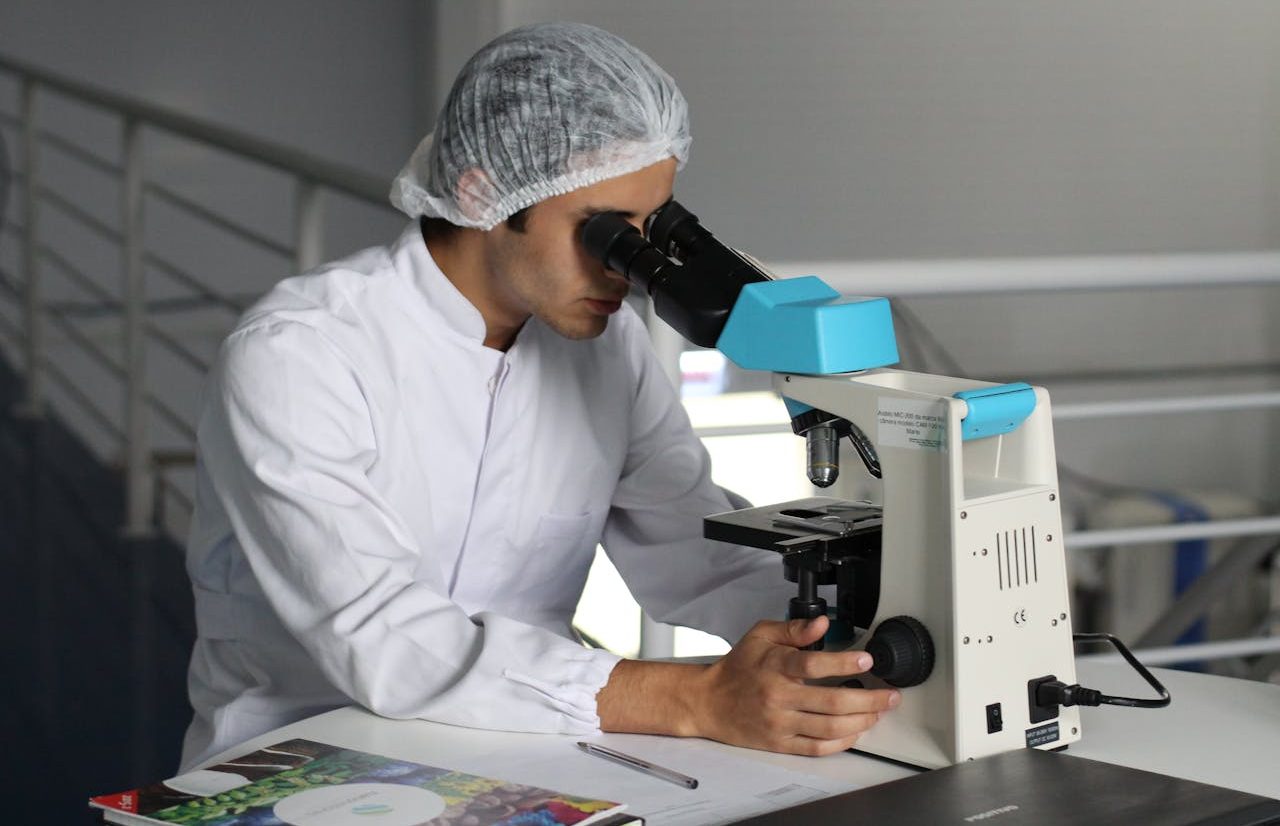
Stem cells can divide and change into other types of cells.
Stem cells have the ability to divide and become different types of cells in the body. They are distinguished by their ability to self-renew (produce more stem cells) and differentiate into specialized cells, such as neurons, muscle or blood cells.
Types of stem cells
There are several types of stem cells, each with particular characteristics and capabilities.
Embryonic stem cells
They are pluripotent cells derived from embryos in the early stages of development. They have the ability to differentiate into any type of cell in the human body, which makes them highly valuable in research and regenerative therapy. However, its use is controversial from an ethical point of view due to its origin.
Adult stem cells
They are found in already developed tissues and have a limited capacity for differentiation, generally specializing in the cell types of the tissue from which they come. For example, those in the bone marrow produce blood cells. They are multipotent, that is, they can become several types, but not all.
Induced pluripotent stem cells (iPSCs)
They are adults, like those of the skin, that have been genetically reprogrammed to return to a state of pluripotency similar to that of embryonic ones. This means that they can generate any type of cell in the body, and their use avoids the ethical controversies associated with embryonic cells.
Mesenchymal stem cells (MSCs)
They are found in bone marrow, adipose tissue, and other connective tissues . They differentiate into several types of tissues, such as bone, cartilage, muscle and fat . They have great potential for regenerative medicine, since they also have immunomodulatory properties, which makes them useful in the treatment of inflammatory diseases.
Hematopoietic stem cells
They are mainly found in the bone marrow , umbilical cord and peripheral blood. They are responsible for the production of all blood cells: red blood cells, white blood cells and platelets. They are used in treatments for blood diseases, such as leukemia and lymphoma, through bone marrow transplants.
Neural stem cells
They are multipotent and are found in the brain and central nervous system. They can differentiate into neurons, oligodendrocytes, and astrocytes , which are the main cell types of the nervous system. They are being investigated to treat neurodegenerative diseases, such as Parkinson's and Alzheimer's.
Umbilical cord stem cells
They are removed from the umbilical cord after birth and are a rich source of hematopoietic stem cells. They have the advantage of being less likely to cause immunological rejection in therapies. Its use has grown in treatments for blood diseases and immune system disorders.

Stem cells are used in tissue repair and various medical treatments.
Cell differentiation
Cell differentiation is the process by which a stem or immature cell becomes a specialized cell type with specific functions. During this process, cells acquire particular morphological and functional characteristics, such as the ability to contract in the case of muscle cells or to transmit electrical impulses in neurons. Differentiation is crucial for the development of tissues and organs in multicellular organisms and is regulated by genetic and environmental signals that determine the final fate of each cell.
Stem cell culture
**Stem cell culture** is the process of growing and maintaining stem cells under controlled conditions outside the body, in a laboratory. This procedure allows stem cells to divide and multiply, maintaining their capacity for self-renewal and differentiation. Cultivation is carried out in specialized media that contains essential nutrients and growth factors for cells to develop properly. The cultivation of stem cells is essential for biomedical research, as it allows us to study their properties, develop regenerative therapies and carry out drug testing.
medical applications
Tissue repair
Tissue repair involves regenerating or replacing damaged or dead cells in organs and tissues. Stem cells can differentiate into specialized cells to restore normal function to affected tissue, which shows promise for treating injuries to the skin, muscles, bones, and vital organs such as the heart and liver.
Treatment of degenerative diseases
Degenerative diseases, such as Parkinson's, Alzheimer's or multiple sclerosis, are characterized by the progressive loss of functional cells. Stem cells offer the possibility of replacing them, slowing the progression of the disease or even restoring some functions.
Cancer therapies
Hematopoietic stem cells are used in bone marrow transplants to treat cancers such as leukemia. In addition, therapies are being investigated to selectively attack cancer cells or regenerate tissues damaged by aggressive treatments such as chemotherapy or radiation.
Treatment of diseases and conditions
The use of stem cells has opened new frontiers in the treatment of various diseases and conditions in multiple medical specialties. Below are some of the fields where these therapies are showing progress.
Stem cells and Alzheimer's
Neural stem cells are being investigated to regenerate neurons and alleviate the symptoms of this neurodegenerative disease.
Stem cells and arthritis
Mesenchymal stem cells can help regenerate cartilage and reduce inflammation in joints affected by arthritis.
Stem cells and plastic surgery
They are used to regenerate tissue in facial and body reconstructions, improving aesthetic and functional results.
Stem cells and birth defects
They offer the potential to correct malformations by regenerating tissues and organs in babies born with defects.
Stem cells and dermatology
They are explored in skin repair and regeneration, particularly in treatments for burns or aging.
Stem cells and diabetes
Stem cells are being investigated to regenerate insulin-producing cells, addressing the treatment of type 1 diabetes.
Stem cells and heart disease
They have the potential to regenerate damaged heart tissue after a heart attack, improving heart function.
Stem cells and gastroenterology
They are studied to regenerate tissues in inflammatory bowel diseases and other gastrointestinal conditions.
Stem cells and spinal cord injuries
Its ability to regenerate nerve cells and restore functions lost after spinal cord injuries is being investigated.
Stem cells and dentistry
Stem cell therapies could regenerate dental and periodontal tissue, helping in the treatment of dental diseases.

From Alzheimer's to respiratory problems, stem cells have a wide range of medical applications.
Stem cells and ophthalmology
They are used in the regeneration of the retina and other ocular tissues to treat conditions such as glaucoma or macular degeneration.
Stem cells and orthopedics
They are used to regenerate bones and cartilage in the treatment of bone or joint injuries, such as fractures and joint wear.
Stem cells and otorhinolaryngology
They are investigated to repair tissues in the airways and ears, addressing hearing loss or breathing problems.
Stem cells and Parkinson's
They are being explored to replace dopamine-producing neurons that are lost in this neurodegenerative disease.
Stem cells and skin regeneration
They are essential in the healing of chronic wounds and burns, and are being investigated for skin rejuvenation .
Stem cells and assisted reproduction
Its use is being studied to improve fertility and repair damaged reproductive tissues.
Stem cells and immune response
They have applications in modulating the immune system to treat autoimmune and inflammatory diseases.
Stem cells and public health
They offer innovative solutions to treat chronic and degenerative diseases that represent a significant burden on health systems.
Stem cells and veterinary therapy
They are used in tissue regeneration in animals, improving the quality of life in pets and work animals.
Stem cells and urology
They are studied for tissue regeneration in the bladder and urinary tract, as well as in treatments for erectile dysfunction.
Stem cells and HIV
Although still under investigation, the potential of stem cells to regenerate immune system cells damaged by the virus is being explored.
